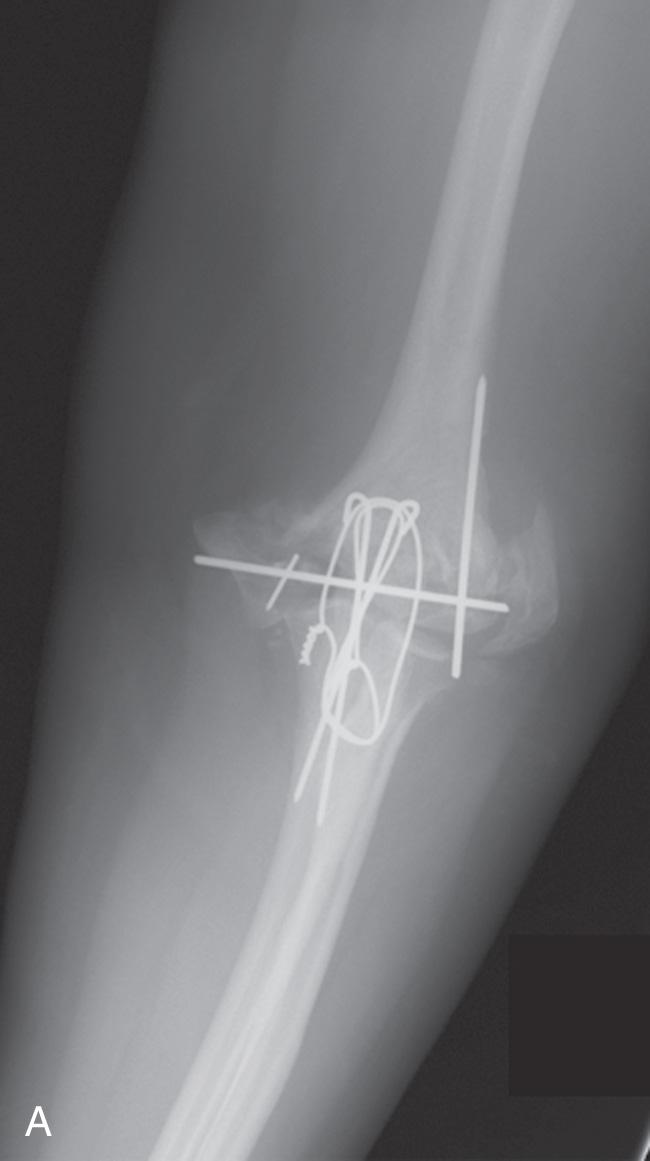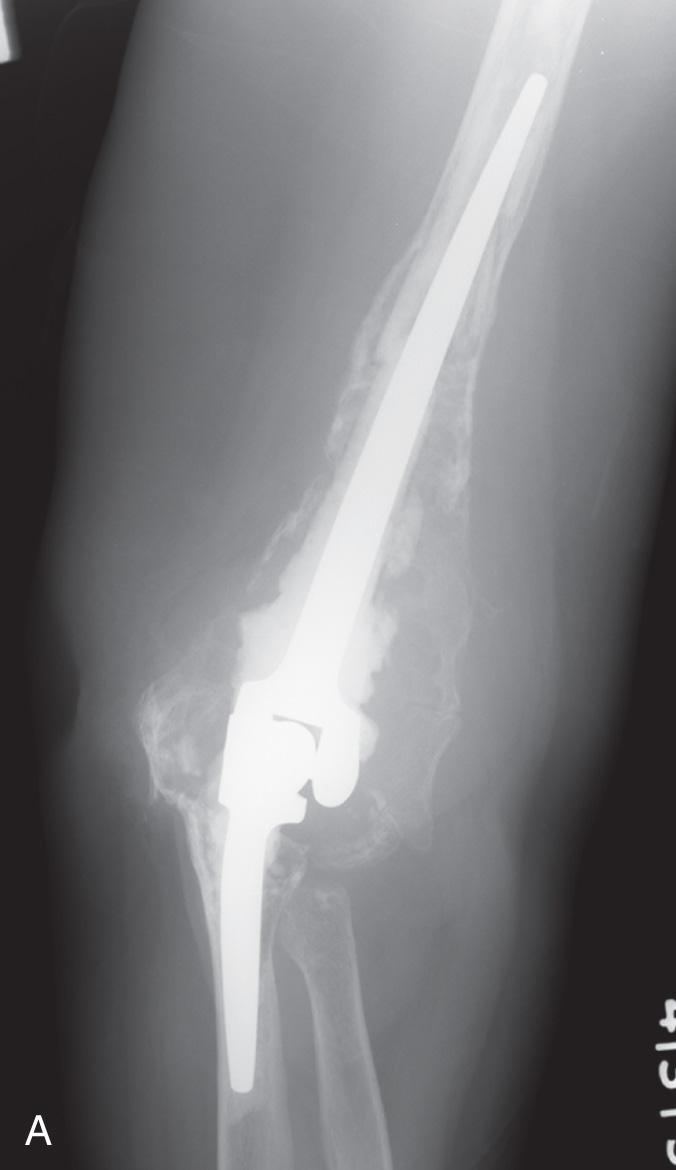Physical Address
304 North Cardinal St.
Dorchester Center, MA 02124
Today, several salvage options exist for severe articular or structural bone loss from trauma, tumor, infection, or failed prior intervention. The use of chondral grafting for articular problems is covered in Chapters 33 and 67 . In this chapter we review the use of osteoarticular allografts to address both articular and structural deficiencies. The graft may be either articular/metaphysial or articular/diaphysial. The effectiveness is broadly correlated to the size of the graft, with more limited reconstructions being more reliable long term than bulk allograft reconstructions.
The unstable or “flail” elbow with complete loss of articulation and ligament attachments is difficult to manage. When both sides of the joint are involved joint replacement is the preferred strategy in most instances (see Chapter 93, Chapter 97, Chapter 109 ). Further, if the problem is limited to just the articular region of the humerus, a hemireplacement may be effective (see Chapter 88 ). However, at this time, there are no implants approved by the US Food and Drug Administration for this purpose. Autografts such as vascularized fibula and iliac crest have been used in the upper limb, but lack of articular surface and donor site morbidity limit their application.
Lexer is credited with the first report of an allograft transplantation as early as 1908. Renewed interest has been sparked by a series of publications in the late 1960s and 1970s. Ottolenghi and others recognized and documented favorable results with smaller grafts since the 1970s. On the other hand, long-term deterioration of bulk allografts has been well documented, largely from the hip literature, since the 1990s. The key to long-term effectiveness resides in the extent of incorporation and revascularization. To enhance these features, vascularized allograft transplantation has been suggested but is not in common use.
Graft incorporation depends on the mechanical environment and the type of graft as well as immune factors that are complicated and poorly understood. The immunogenicity of allografts is reduced by freezing or freeze drying, which renders them more suitable for clinical use. However, even preserved allografts provoke recognizable cellular and humoral antibody responses. Donor-specific anti–human leukocyte antigen (HLA) antibodies and cellular antibodies have been identified in frozen and freeze-dried grafts. The major reactivity appears to be cellular because viable bone marrow cells are highly immunogenic and induce both a cell-mediated and a humoral response. Antigens in the extracellular matrix (collagen and noncollagenous proteins) seem to be of much less significance in the clinically observed allograft response. Animal studies and clinical experience indicate that a major cause of failure in total joint allograft replacement is delayed or incomplete union and failure of revascularization. At this time, it has not been possible to identify an immune reaction as the definitive cause of failure of incorporation. However, it is now known that immunogenic peptides longer than five amino acids are associated with an adverse immunoresponse. Hence efforts to denature these harmful allopeptides while preserving the useful collagen is the goal of current investigations. Anxiety over disease transmission, even with the bulk allografts, has largely been resolved, though not eliminated, with improved screening methodology. Obviously, the opportunity for donor interrogation is not available, and there remains the issue of timing and the potential to convert at a later date.
Use of osteoarticular allograft replacement has limited indications. These include:
Younger patient
Loss of only the humeral or ulnar osteoarticular elements
Potential for adequate soft tissue coverage
Loss proximal or distal to the ligaments
For bone loss distal to the humeral collateral attachments, we use a hemiprosthetic device ( Fig. 112.1 ) (see Chapter 88 )

Ability to stabilize the construct
Anticipation of subsequent prosthetic replacement with allograft providing bone stock for the subsequent procedure
Total allograft replacement is indicated and reserved for the rare patient who is allergic to a component of the implant alloy ( Fig. 112.2 ).

Active sepsis
Subacute sepsis is a relative contraindication
Access to correctly sized allograft
Inability to stabilize the joint
Become a Clinical Tree membership for Full access and enjoy Unlimited articles
If you are a member. Log in here